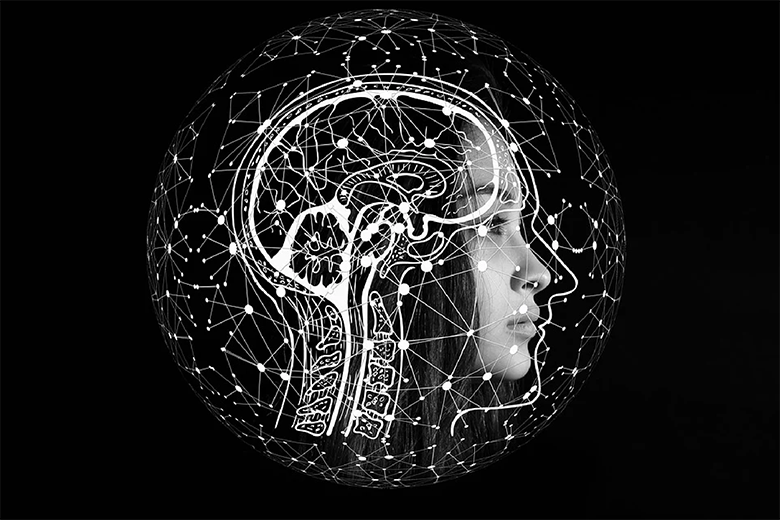The size of the brain does not establish intelligence.
Truth. For instance, Albert Einstein’s brain weighed less than the average brain. It did, however, show comparatively dense connections between brain areas. Scientists attribute the connections between areas and their efficiency to intelligence more than they do to size.
The brain is fully developed by the age of 18.
Myth. Brain development continues into adulthood. In particular, the prefrontal cortex, which is crucial for reasoning and decision-making, does not fully mature until we reach our mid-twenties.
Only 10% of the brain is ever utilized.
Myth. Most areas of the brain are active all of the time to some degree. Even when you think you are not using your brain, such as during sleep, brain scans have revealed that widespread neural networks are functioning and working together.
You are either left or right-brain dominant, which will determine whether you are more creative or more logical.
Myth. Humans cannot easily be categorized as left or right brain dominant depending on their personalities. Numerous talents once ascribed to one side of the brain or the other, such as creativity, language processing, and spatial ability, need both the left and right brain to work together.
The brain allows some people to hear, smell, taste, or feel pain in color.
Truth.
Known as synaesthesia, this phenomenon comes from a Greek word meaning ‘to perceive together’ Other people may taste shapes or experience colors or physical sensations when in the presence of music.
Humans have the largest brain of all mammals.
Myth.
Sperm whales have the largest brain of any living species, more than five times as big as human brains. Humans still hold the record for the species with the largest brain compared to body size, otherwise identified as the ‘encephalization quotient’.
You are born with a set number of brain cells.
Myth … probably.
Even though true for many parts of the brain, there is a general consensus (scientific jargon for ‘unproven theory’) that humans do produce new neurons in a brain region known as the hippocampus into adulthood. The hippocampus is involved in mood, memory, and reward.


